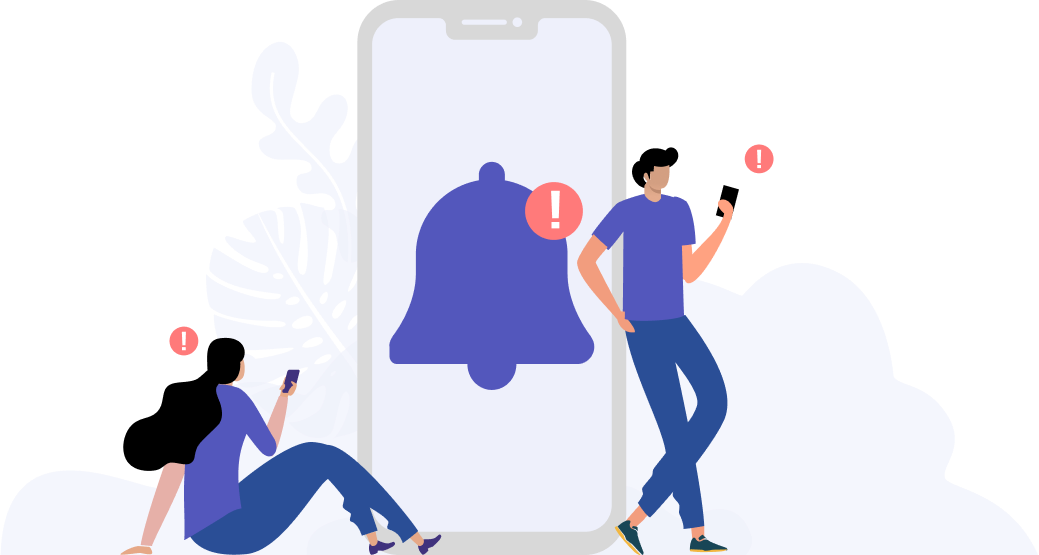What Can I Expect From A Vision Acuity Test (VAT)?

Reading those letters of the charts at the optometrist office is fun, but what exactly is the purpose and what can they tell you?
Testing 1, 2, 3.

A VAT refers is a test that measures your eye’s ability to see and read details of a letter or a symbol from a distance. These letters and symbols can come in varying sizes – from really tiny to really huge. Being able to discern these letters and symbols is just one part of determining your overall visual health and your ability to see.
There are many other parts to an eye exam which includes, but is not limited to, history taking, auto-refraction, subjective refraction, a retinoscopy, retinal assessment, colour vision tests, and cover tests. These tests are conducted by a certified optician or an ophthalmologist. Such comprehensive eye exams should be conducted once a year at the minimum to ensure your eyes are developing healthily.
What happens during a typical VAT?
Back to VAT. During a VAT, you can expect to see two different charts, namely the typical Snellen test and the random ‘E’ test.
1. The Snellen test

Of the two, this is probably the one you’re most familiar one. It’s one of those huge boards hung from the wall across you with a bunch of random letters and numbers decreasing in size. You’ve probably seen them during your school health screening (back in the day).
During a Snellen test, you’re seated about 6 metres (20 feet) away from the chart and you have to cover one eye as you read the letters or numbers from the top to the bottom. Your optometrist will ask you to read out as many letters or numbers as you can until you’re unable to decipher them due to their small font size. After completing the test with one eye, you’ll have to restart the whole test again with the other eye (you’ll be given a brand new chart as well).
2. The random’E’ test
Now this one may be unfamiliar to you. This test is rather fun – your optometrist will show you different slides with an ‘E’ on each of them. However, the ‘E’s on each slide will be facing a different direction and you have to point out which direction the ‘E’ is facing – left, right, up or down.
You’ll also be doing this test while looking through a variety of different lenses that your optometrist will place in front of your eye. Your optometrist will constantly keep switching the lenses out to determine if your eyes require prescriptive lenses or not to correct your vision.
Results time.
After going through your tests, your optometrist will present to you your test results. These results will be shown as a fraction out of 20. So, if you’ve received a 20/20, it means you’ve got perfect eyesight! Congratulations! More than that, it means that your eyes are able to see an object clearly from 20 feet away.
However, if your results show a fraction of 20/40, it reveals that your eyes need to be around 20 feet from the object when in actual fact, people would normally need to be 40 feet away from the object. In other words, you’ve got myopia and will likely need prescriptive lenses to help you see further objects properly. Your optometrist will need to have a discussion with you if you require any special treatment and how to care for your eyes.

The importance of eye checks.
Attending regular, annual comprehensive eye checks is important to maintain healthy eyes and keep track of any vision issues you may face. A VAT is just one such test that is conducted during a comprehensive eye check to determine the health of your eyes.
You can book a comprehensive eye check today at planoeyecheck.com. Simply choose your nearest optometrist on the website, sign up, and you’re good to go!
Tools Designed for Healthier Eyes
Explore our specifically designed products and services backed by eye health professionals to help keep your children safe online and their eyes healthy.





